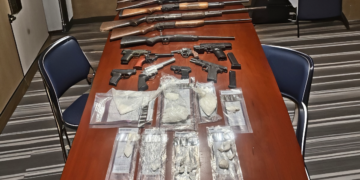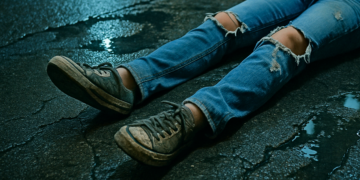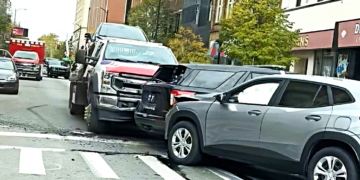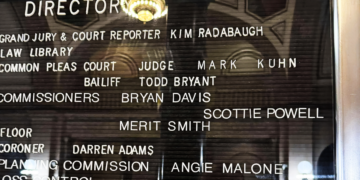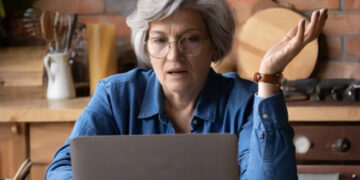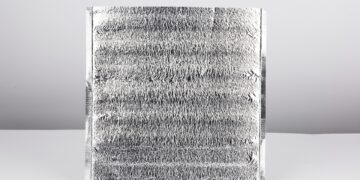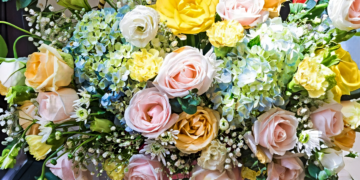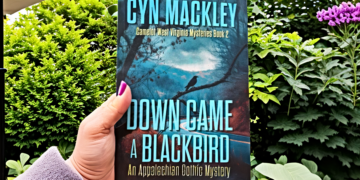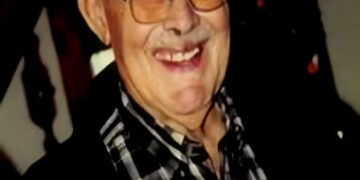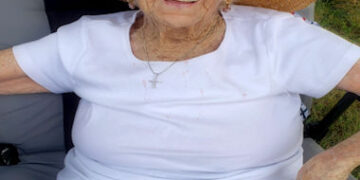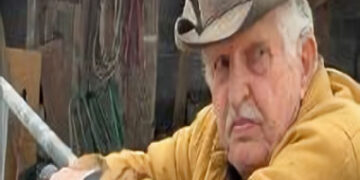Selling antique silver is a rewarding journey for those who prep for it properly. With some know-how and planning, you can maximize the value of your treasures. However, common blunders can trip you up. Knowing the top mistakes to avoid when selling antique silver can ensure a smoother transaction.
Misidentifying Silver
Many sellers mix up sterling silver with silver-plated items, which can lead to incorrect valuations. Sterling silver contains 92.5 percent pure silver, whereas silver-plated items consist of a thin silver layer atop a base metal.
Hallmarks and maker’s marks can guide you in identifying genuine silver. These tiny symbols or letters reveal the purity, origin, and age of your piece. Consult a guide or expert to make sure you accurately identify your silver.
Neglecting Proper Valuation
Neglecting proper valuation is a major mistake to avoid when selling antique silver because it can influence your selling strategy. Professional appraisers assess your item’s worth by examining age, rarity, and craftsmanship.
Market demand influences prices, so researching current trends can provide insights into potential returns. You will set yourself up for more lucrative offers by securing a thorough valuation. You can also avoid buyers who want to pay you below the antique’s worth.
Poor Presentation of Silver
How you present your silver plays a huge role in attracting buyers and determining perceived value. When selling antique silver to a professional buyer, polish your pieces to preserve their beauty without inflicting damage.
Moreover, high-quality photographs allow you to showcase the intricate details and craftsmanship of your items, ultimately capturing the attention of potential buyers. Detailed descriptions that highlight the item’s history and features boost its appeal to a discerning audience.
Failing To Document Provenance
Provenance, or the item’s documented history, adds value and attracts buyer interest. Gather documentation such as receipts, ownership history, and other relevant records to back up authenticity.
Present this information clearly to showcase the item’s background and significance. A well-documented provenance can dramatically enhance the appeal and value of your antique silver.
Choosing the Wrong Buyer
The last thing you want is to encounter a scam artist. Find a buyer who understands your item’s true value and has a proven track record of fair dealings. Research potential buyers thoroughly to understand their reputation and history in the market.
Compare selling methods such as auctions, direct sales, and online platforms to see which best aligns with your goals and the unique nature of your antique pieces. Lastly, approach negotiations confidently by knowing the market value of your items and setting clear expectations.







